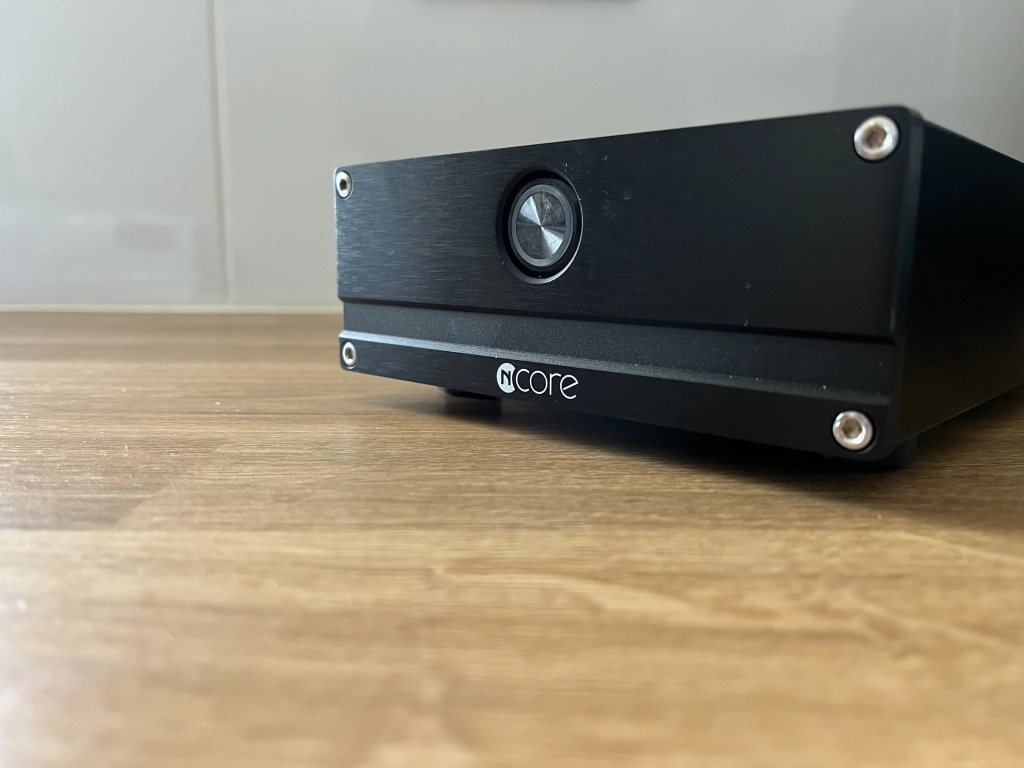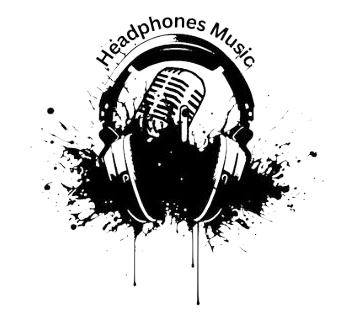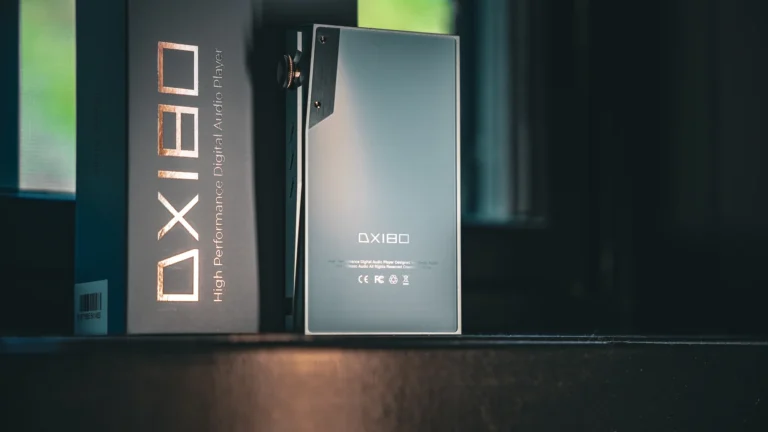Audiophonics NCORE MPA-S125NC – Full Review

Audiophonics NCORE MPA-S125NC – Full ReviewIntroduction
Today, we’re going to discuss the MPA-S125NC speaker amp from Audiophonics, which is a fascinating device. This amplifier is based on a class D module and is Ncore NC122MP. Manufacturers can purchase the OEM parts for the Ncore and Purifi class D amplifier modules and use them to assemble their own products.
These amplifiers range in price from affordable models like this one to much more elaborate and high-end models like those made by several other manufacturers.
Bruno Putzeys is principally responsible for the designs of both Purifi and Ncore; Purifi is his current venture, while Ncore was his first business, which was later sold. The basic concept behind Ncore and Purifi is to provide sonic performance closer to the conventional Class A and Class AB amplifiers that we are accustomed to seeing, using Class D amplifiers—long derided by audiophiles worldwide.
They are also intended to provide excellent measured performance, but to be completely honest, if I don’t love listening to something, I don’t care how it measures. Fortunately, I’ve had a great experience with the Audiophonics S125NC.
Class D Headphone Disclaimer
I’ve used the S125NC primarily with hard-to-drive headphones, though I have also occasionally used it with speakers. I should sort of disavow this. Class D amplifiers may exhibit elevated treble and ultrasonic noise when used with non-speaker-like loads, which is generally defined as loads above 8 ohms.
Therefore, it is not advised to use headphones with products like the less expensive class D integrated amps from manufacturers like AIYIMA and Fosi, especially not high-impedance headphones. In the best case scenario, you probably have more treble; in the worst case, there may be dangerously high levels of ultrasonic noise beyond 20 kHz, which, if loud enough, might cause hearing loss.
Fortunately, load invariance and same frequency response have been demonstrated for the Class D modules from Hypex and Purifi, ranging from 1 ohm to an open load on the measurement equipment at 10,000 ohms.
As a result, please make sure the Class D speaker amp you want to use to drive headphones is safe and capable of handling impedances in headphones. Although I highly recommend using speaker amps with difficult-to-drive headphones, it’s important to be sure you’ll be okay with it. Conventional speaker amplifiers with Class A or AB topologies are not affected by these issues.

General Specifications
The power output of the S125NC is 2 x 75 W into 8 ohms and 2 × 125 W into 4 ohms. It offers XLR or RCA inputs, and Audiophonics also makes a little more expensive amp with the same Ncore modules that has both inputs available in a bigger chassis.

Sonic Performance
This disclaimer being said, let us move on. Is the S125NC a good sound system? To sum it up? Very good. With its reasonable price tag of 399 EUR, it accomplishes all your needs while ignoring the ones you don’t.
In terms of bass, the S125NC is very neutral. There was no discernible bass enhancement, and this amp is far from being a bass monster. In addition to being lightning fast, the bass is crystal clear and pinpoint accurate.
Overall, I found the S125NC to be a really fast amplifier with accurate transients; that was one thing I noticed about it. My recommendation is that you look for an alternative amplifier if you like one with a fuller, rounder bass. Nonetheless, the S125NC is a great option, particularly for the money, if you want a low-end that is more neutral and speedy.
The S125NC’s mids are also somewhat neutral. The lower mids may even be marginally off-center, giving the impression of a colder, less warm presentation. But the high mids were completely neutral, and neither nasal nor piercing female vocals were an issue for me. Once again, the whole midrange was characterized by the amp’s rapid pace.
The S125NC’s treble is, once again, extremely neutral. Overblown, harsh, and grating treble is a frequent stereotype associated with vintage Class D amplifiers. In this case, I truly didn’t see any problems with it. Not only is it not rolled off, but I also didn’t perceive it as particularly crisp or brilliant. It was straightforward and unambiguous in its presentation of the inputs it received.

For an amplifier that costs 400 EUR, I was very pleased with how well the S125NC worked technically. It sounds very neutral, and the highs are very clear, which may help it communicate detail well. Imaging is very accurate, and its reaction time is very short. One thing it doesn’t have is a huge platform.
The S125NC’s field is about the same width and depth all around. It’s not the smallest stage amp I’ve heard, but it’s also not big and roomy like some amps can be. In general, the S125NC’s technical performance was flawless, and it worked better than expected for its price range. This kind of stuff is always welcome because it only wants to give you the best performance for your dollar (or euro, in this case).
Build Quality
The S125NC is made in a way that is simple, efficient, and well done. The metal frame is in a half-size case that is long and thin. The power button is on the front and glows white when it’s on. The back has two XLR ports. An IEC power outlet and some very nice binding posts are also on the back. One of my favorite things about this amp is the binding posts. They are made of metal, feel very strong, and work really well.
I’ve seen binding posts on amps that cost a lot more that were much worse. The binding posts on this amp get 10/10. The top panel has some holes for air flow, but that’s all there is to it. Very simple, works great, good job on the build quality.

Conclusion
In general, it’s been fun to spend some time with the S125NC. It’s a great choice if you want a cheap power amplifier with medium power for headphones or speakers. For an extra 100 EUR, you can get another amplifier from Audiophonics that has the same frame but stronger Ncore modules that put out 2x250w into 4ohms.
This will give you more power. The amp is balanced, has a medium-sized soundstage, and sounds much better than its 400EUR price tag. It worked great with both headphones and speakers that were hard to drive, and the sound quality stayed the same no matter what device I used. There is a slightly more expensive model with a wider chassis that has both RCA and XLR ports. The build quality is simple but good in terms of functionality.
The binding posts are well-made, made of metal, and fun to use. I’m interested in hearing other amps that use Ncore and Purifi modules now that I’ve heard this one, so I hope to hear more in the future. In conclusion, the S125NC is a great choice if you want a medium-powered amplifier at this price range. Hi Audiphonics, good job.






